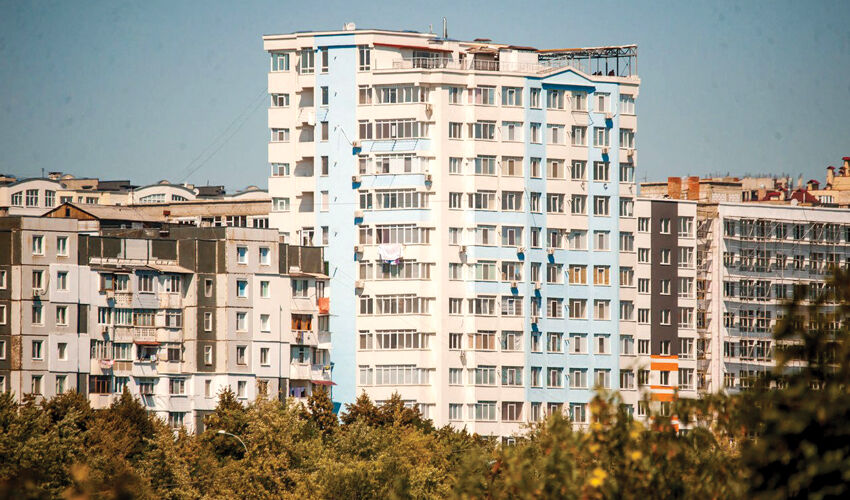
Models for such revaluation of immovable property have already been developed by the Agency of Geodesy, Cartography and Cadastre and will soon make them available for public discussion. They will be placed in the form of an integrated geoinformation system on the government platform geodata.gov.md. This was announced at a working meeting organized by the authority last week with the participation of other interested public services and agencies, as well as the Congress of Local Authorities of Moldova (CALM). It was about informing citizens about the results of the assessment and revaluation of immovable property carried out for taxation purposes.
Every interested taxpayer will be able to access on the platform the data on the real estate objects belonging to him and their assessed value. Persons who find them unreliable will be able to challenge them within 90 days. It will be possible to do this, among other things, by sending an online complaint on the platform (with prior authentication by e-mail).
In case of serious justifications, the cadastral authority will correct the data. They will be applied for real estate taxation from January 1, 2027, and the assessment will need to be finalized before then. In the meantime, CALM will provide support in informing the public about the application of the assessment models.
It is anticipated that most of the assessed values that make up the tax base will increase several times over the last assessment made in 2005. Therefore, local authorities will have to analyze the impact of the current taxation rates and adjust them if necessary.
The Agency will, within two weeks, provide additional information on access to the estimated values on the government portal geodata.gov.md. and will disseminate public notices addressed to local authorities and taxpayers.
During the meeting, Igor Kristal, CALM expert in property issues, proposed that the community of mayors should amend the procedure of informing citizens about the results of revaluation and, accordingly, the regulatory framework. The regulation implies sending by mail to each taxpayer a notification on what is the new market value of his/her dwelling.
The community believes that this data can be indicated in notices of payment of real estate tax. And citizens, in case of reasonable disagreement, could challenge specific assessed values within 30 days of receiving it. In this way, the state would be relieved of the cost of several million lei of project credit funds. The mayors estimate that this is how much it would cost to prepare notices of estimated housing values. Although, in fact, without indicating the specific tax rate applied by local governments, these notices are not so important for taxpayers, CALM believes.
There was also talk about how local governments can use the estimated values from the models that will be put out for public comment to adjust property tax rates. So that it does not become too burdensome for the population, and at the same time meets the realities of the real estate market, where mass revaluation was carried out twenty years ago.
And also how to apply them when developing a mechanism for temporary valuation of objects (until January 1, 2027) or updating the inventory value of real estate for taxation purposes. This is especially true for unregistered and non-taxable real estate objects.
According to the legislative procedure, their valuation implies the creation of a commission in the mayor’s office, which conducts it, and then its results are approved by the local council. Thanks to this, some mayoralties already tax real estate at the actualized market value, which is closer to the economic realities of today. As a result, real estate tax revenues, which are directed to local budgets, have increased dramatically in such localities.













